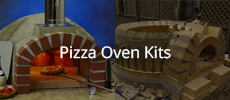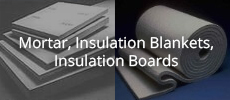Working only with a brick bolster and a 9” grinder has its limitations so my cuts are not the most accurate or clean. I’ve been getting by though, using wedges to plug big gaps between bricks in a course and sometimes between courses.
on the last course I’ve tapered and bevelled the bricks but as we get closer and closer to closing the dome I’m afraid much of the material will be mortar or screed and not firebrick.
Therefore I have lapped 2 layers of full bricks together in opposing directions to prefabricate a keystone. The bricks were ‘keyed’ before joining with mortar. I will cut the 4-brick block down to suit the final opening in an attempt to minimise mortar. Will it be okay?

I plan to handle this keystone by drilling in plugs and fashioning a handle, the plugs later to be removed and mortared
on the last course I’ve tapered and bevelled the bricks but as we get closer and closer to closing the dome I’m afraid much of the material will be mortar or screed and not firebrick.
Therefore I have lapped 2 layers of full bricks together in opposing directions to prefabricate a keystone. The bricks were ‘keyed’ before joining with mortar. I will cut the 4-brick block down to suit the final opening in an attempt to minimise mortar. Will it be okay?
I plan to handle this keystone by drilling in plugs and fashioning a handle, the plugs later to be removed and mortared





Comment